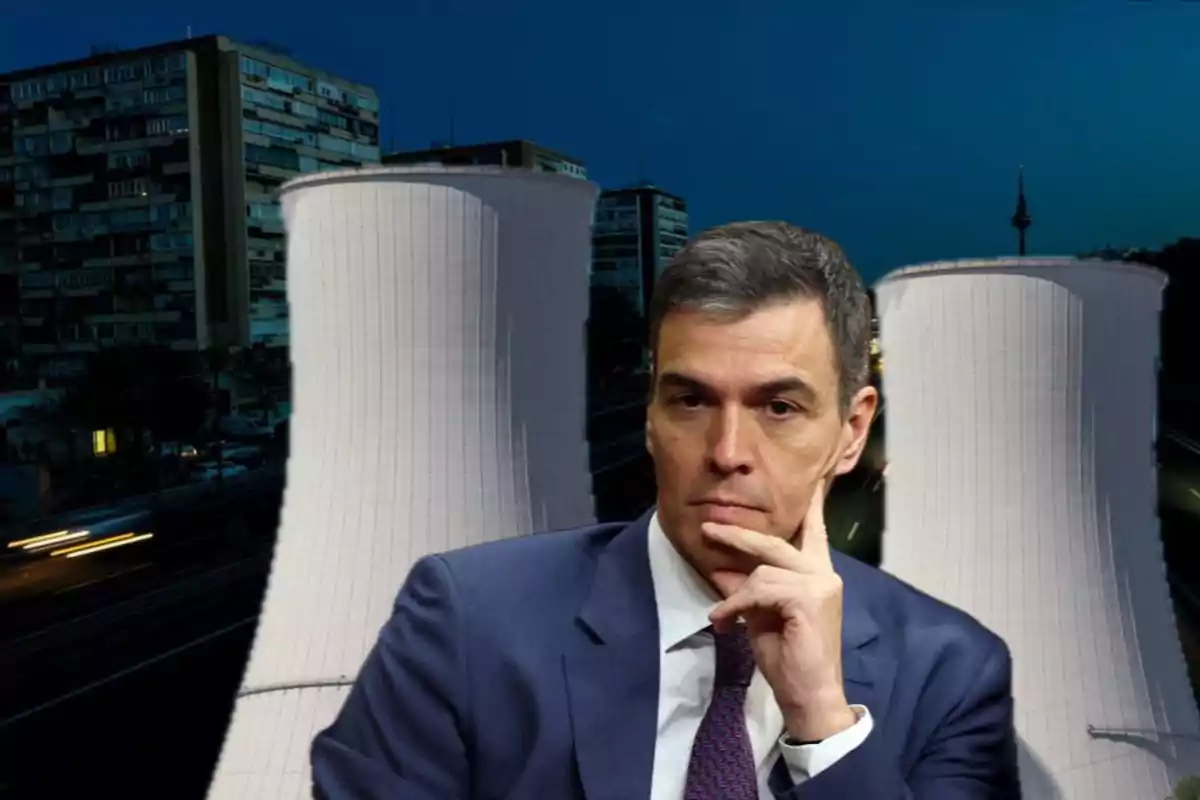
The Great Blackout Reopens the Debate on Nuclear Energy in Spain: Sánchez's Plan
President Pedro Sánchez keeps the progressive closure of nuclear plants and rejects that the blackout is due to the lack of atomic energy
The Iberian Peninsula experienced the largest power outage in its recent history this Monday. At 12:33 p.m., in just five seconds, the electrical system of Spain and Portugal collapsed, leaving millions of homes, businesses, and critical infrastructures without supply.
It was an instantaneous drop of 15 gigawatts (GW) of generation. Approximately 60% of the electricity being consumed at that moment. This caused a widespread blackout that took up to 24 hours to restore in some municipalities.
This unprecedented 'electrical zero' has shaken national energy policy and reopened a latent debate. Can Spain afford the gradual closure of its nuclear power plants in the midst of a transition to a renewable model?
The preliminary investigation by Red Eléctrica de España (REE) points to an abrupt drop in solar photovoltaic generation as the trigger. According to official explanations, the system suffered an extreme disturbance that caused its automatic disconnection from the rest of Europe and the subsequent internal collapse.
Although the ultimate causes are still under analysis, the blackout has raised all alarms about the resilience of the electrical system. In a country that is committed to eliminating nuclear energy by 2035.
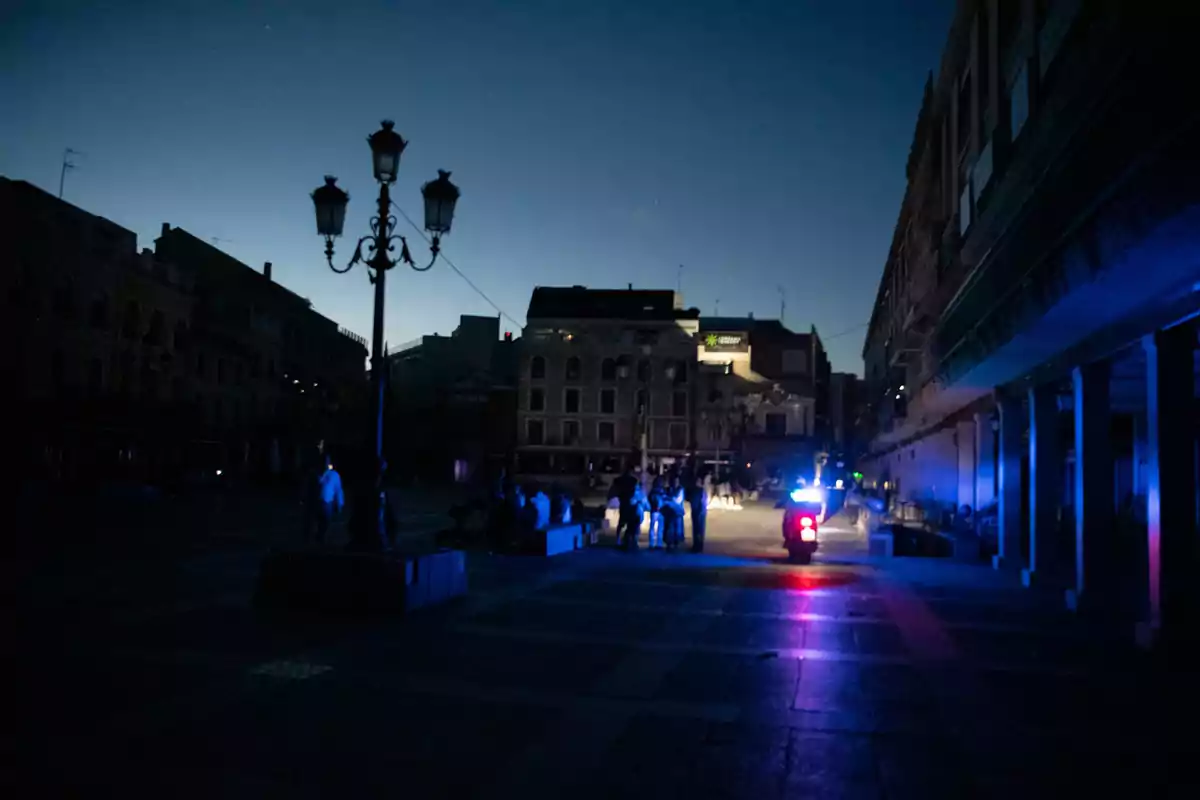
As we reported in elcierredigital.com, Spain has kept a gradual denuclearization plan since 2019. A strategy resulting from an agreement between the Government and the main electric companies (Iberdrola, Endesa, and Naturgy).
The schedule stipulates the orderly closure of the seven reactors in operation between 2027 and 2035. Gradually replacing their contribution (about 20% of current generation) with renewable energies.
This strategy is part of the National Integrated Energy and Climate Plan (PNIEC). All with the goal of achieving a 100% emission-free electrical system by 2050. More than half of the electricity caused in 2024 already came from renewables, which reinforced the commitment to a cleaner 'mix'.
However, critical voices - both from the business sector and from opposition parties like the People's Party (PP) - warn of the risks of dispensing too quickly with a stable source like nuclear.
Last February, Congress approved a non-binding proposal from the PP asking to reconsider the closure of nuclear plants. Arguing the need to strengthen supply security in an uncertain energy context.
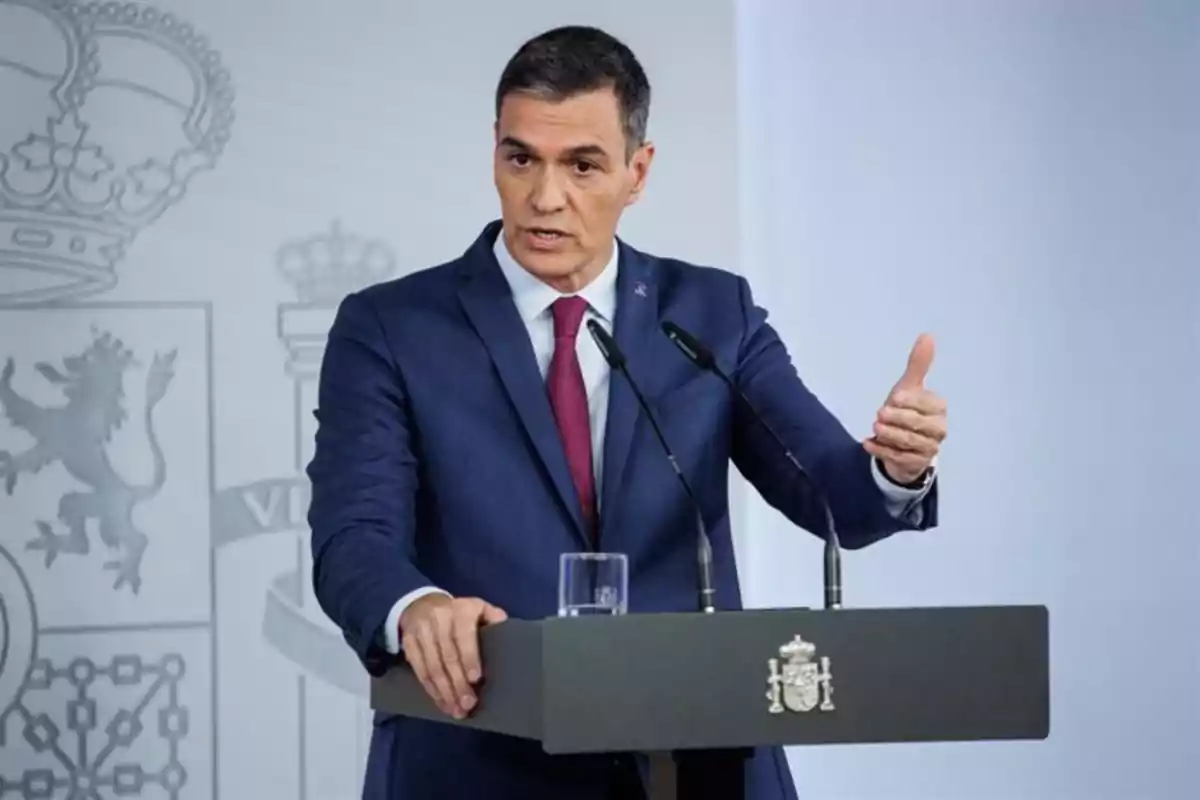
However, Pedro Sánchez's government kept its position firm. The closure schedule will not be reviewed and, according to the Government, it was agreed upon at the time by the operating companies themselves.
Now, after the historic blackout, more and more critical voices suggest a review of the plan. Especially considering the time it took Spain to recover the supply compared to other affected countries like Andorra or southern France. Could nuclear energy have solved this problem sooner?
The Role of Nuclear Energy in Grid Stability
Nuclear energy is valued for its continuous generation capacity and its contribution to the inertia of the electrical system. Factors that help cushion frequency disturbances. From this point of view, many experts argue that a grid with more operational nuclear plants would have been more resilient to an event like Monday's.
In theory, the presence of large synchronous generators like nuclear reactors could have reduced the frequency drop that precipitated the collapse. Additionally, it is argued that a higher proportion of firm production would have mitigated the sudden loss of power.
However, the data show crucial nuances. Spain had operational nuclear plants on the day of the blackout, but five of the seven reactors were shut down for maintenance or lack of competitiveness against renewables.
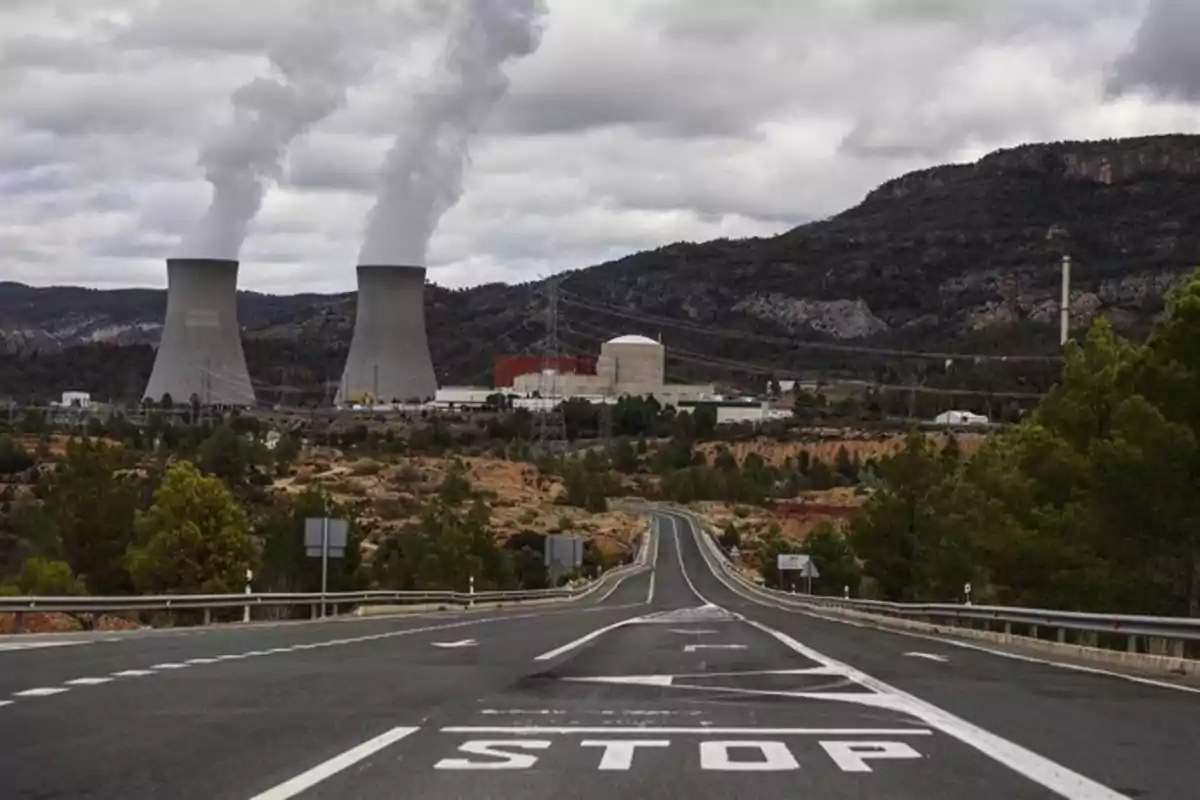
Only two reactors (providing about 2 GW) were active, and they also disconnected during the blackout. Automatic protections affected all technologies equally. Including nuclear, which also needed external energy to keep its essential systems running after the blackout.
This was acknowledged by the president of REE himself and reiterated by Pedro Sánchez, who emphasized that "nuclear energy was not more resilient" than renewables in this crisis. Therefore, although a greater nuclear contribution could have provided some extra stability, it would not have guaranteed avoiding the collapse.
Experts, Between Caution and Pragmatism
The technical community agrees that the great blackout was the result of a perfect storm. A sudden loss of generation, an automatic disconnection from the European system, and a frequency drop too rapid to be contained.
Specialists like Jorge Fabra, former president of REE, or academics from the Universidad Pontificia Comillas emphasize that the solution is not to halt renewables or resurrect old nuclear plants, but to strengthen the system. More interconnections, more storage, rapid response mechanisms, and modernization of automatic controls.
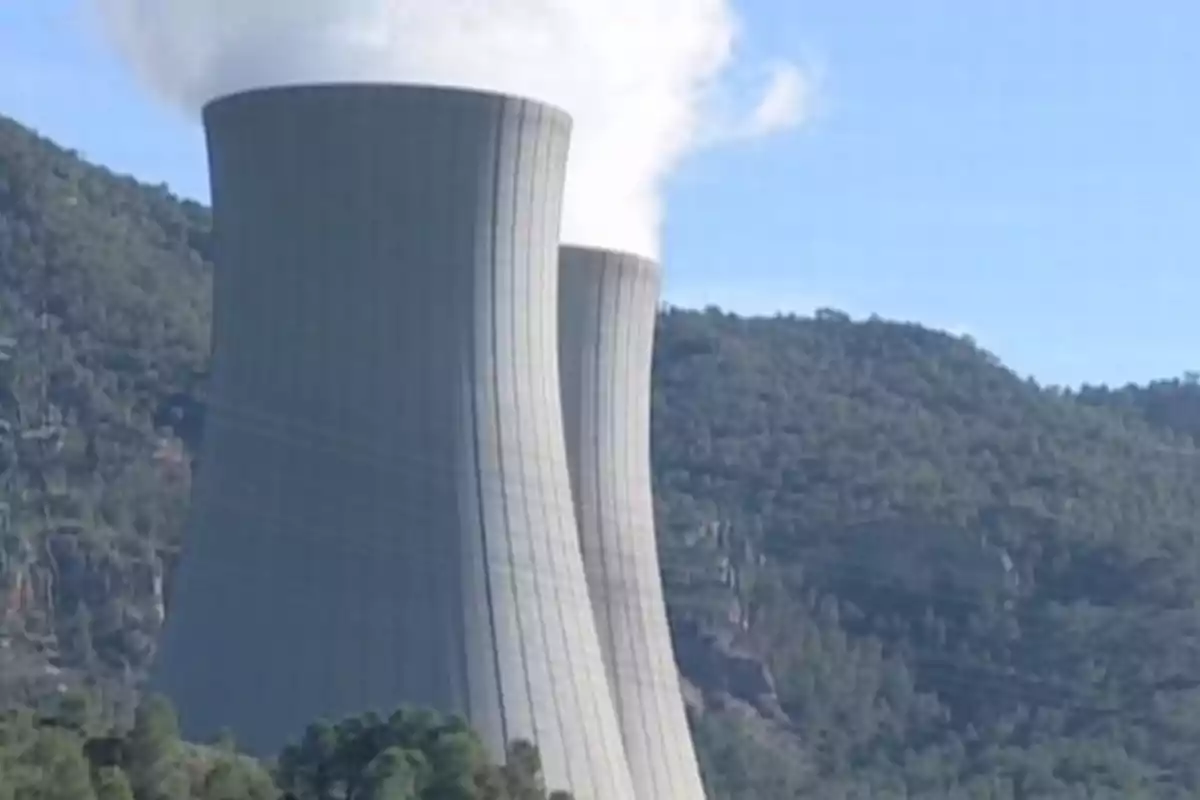
For these experts, the energy transition to renewables is viable and desirable. But it also requires large investments in smart grids and backup systems. On the other hand, they point out that nuclear plants, although stable, are not flexible enough to follow demand variations or adapt to production drops.
On the nuclear side, representatives like Ignacio Araluce (Nuclear Forum) argue that closing the plants now is premature. They call for extending their useful life while enough firm alternatives are deployed.
From the sector, they warn that replacing nuclear could increase the price of electricity by up to 30%. A factor that would increase gas dependency in the coming years.
Pedro Sánchez Doesn't Clarify the Uncertainties After the Blackout
In his appearances after the crisis, Pedro Sánchez has defended the Government's roadmap and has harshly criticized those who link the blackout with the nuclear closure policy. The president stated that "those who make that link lie or show their ignorance".
Sánchez insists that the blackout doesn't question the energy transition model. A model that will continue to be based on renewables, storage, and reinforced grids. Among the announced measures are an independent audit of the event, the demand for responsibilities from the operators involved, and a review of the system stability protocols.
Additionally, the government plans to accelerate strategic projects. Among them, the new submarine electrical link with France and the deployment of large-scale batteries to provide flexibility.
However, the answers about the causes and origin of the blackout remain uncertain.
A Transition Challenge, Not a Step Back
This Monday's blackout has highlighted the vulnerability of a transforming electrical system. However, the event doesn't alter the course set toward a cleaner and more resilient energy matrix.
Spain faces the challenge of building a reliable renewable system, capable of facing extreme phenomena like the one experienced, without relying on fossil or nuclear sources. To achieve this, it will be essential to strengthen infrastructures, diversify backup sources, and improve dynamic grid management. The blackout has served as a warning for many. Additionally, it has reopened the debate on the balance between renewable and nuclear energy. A debate that promises to remain active in the coming days.
More posts: